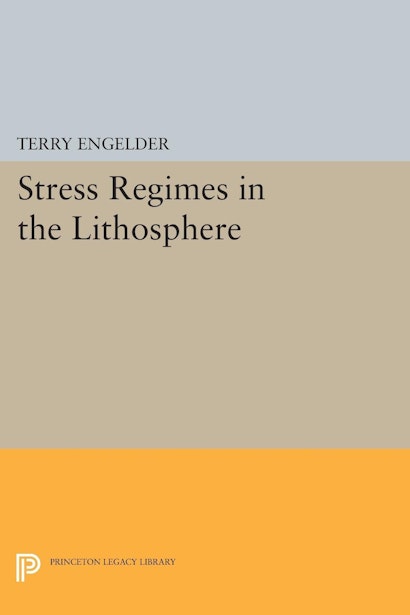Stress Regimes in the Lithosphere


Hardcover
Paperback
- Price:
- $104.00/£88.00
- ISBN:
- Published:
- Jul 14, 2014
- Copyright:
- 1993
- Pages:
- 486
- Size:
- 6 x 9 in.
- Main_subject:
- Earth Science
ebook
The purpose of this book is to acquaint the geoscientist with issues associated with the debate over orientation and magnitude of stress in the lithosphere. Terry Engelder provides a broad understanding of the topic, while touching some of the specific details involved in the interpretation of stress data generated by the most commonly used measurement techniques. An understanding of stress in the lithosphere starts with an introduction to nomenclature based on three reference states of stress. Since rock strength governs differential stress magnitudes, stress regimes are identified according to the specific failure mechanism (crack propagation, shear rupture, ductile flow, or frictional slip) that controls the magnitude of stress at a particular time and place in the lithosphere. After introducing the various stress regimes, the author shows how their extent in the upper crust is demarcated by direct measurements of four types: hydraulic fracture, borehole-logging, strain-relaxation, and rigid-inclusion measurements. The relationship between lithospheric stress and the properties of rocks is then presented in terms of microcrack-related phenomena and residual stress. Lithospheric stress is also inferred from the analysis of earthquakes. Finally, lithospheric stress is placed in the context of large-scale stress fields and plate tectonics.
Originally published in 1993.
The Princeton Legacy Library uses the latest print-on-demand technology to again make available previously out-of-print books from the distinguished backlist of Princeton University Press. These editions preserve the original texts of these important books while presenting them in durable paperback and hardcover editions. The goal of the Princeton Legacy Library is to vastly increase access to the rich scholarly heritage found in the thousands of books published by Princeton University Press since its founding in 1905.